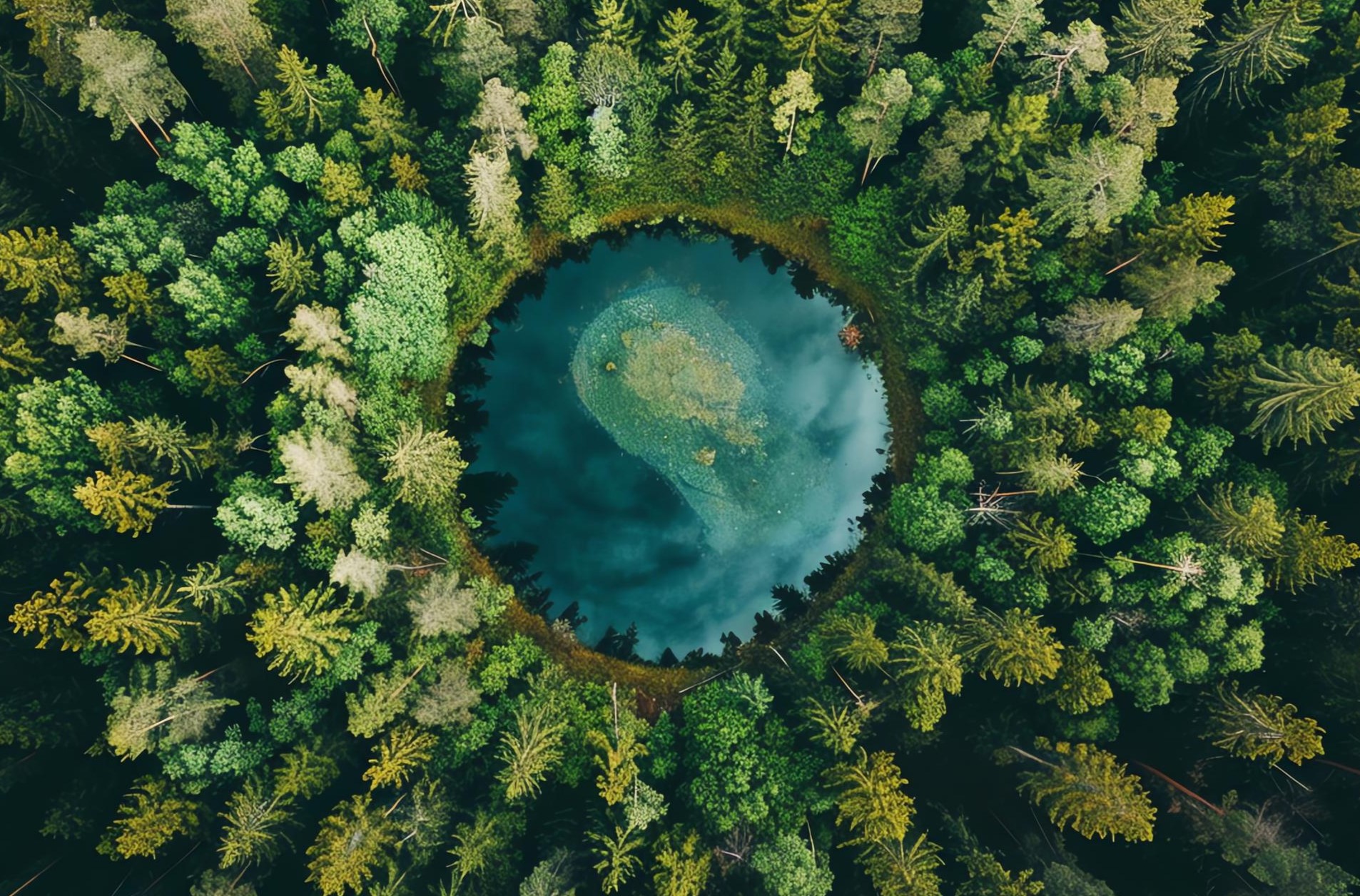Climate change is undoubtedly one of the most important world problems, which influences the existence of many species on the Earth. While species are trying to cope with changes in ecosystems, the existence balance of life on the Earth is altered, affecting wildlife and human life. In this blog, I will list the ten ways climate change impacts biodiversity, and the things you can do to help the planet and protect species from climate change.
- Loss and fragmentation of habitat
During the warmer season, ecosystems such as forests, wetlands, and coral reefs are being changed or eliminated. Those species that are in a position to require a specific environment for example temperature or vegetation requirements are left stranded. This results in loss of species either by their movement or by their extinction.
- Species Distribution Changes
Global warming is making species shift to new habitats in order to find better conditions. For instance, cold-adapted species are either moving towards the poles or up the mountains, whereas warm-adapted species are expanding their ranges. Such changes affect balance in ecosystems making competition for food and space stiffer, changes in predator prey ratios.
- Ocean Acidification
Not only is the CO2 raising the temperature of the planet but also making the seas more acidic. This change in the pH level is highly damaging to marine life, particularly those species which have calcium carbonate shells, including corals, mollusks and certain plankton. Coral reefs are especially affected because they sustain a very high density of marine organisms.
- The alteration of the reproductive cycles
Changes in climate are now affecting the seasonality of reproduction in many species. Warming can cause species such as birds, reptiles, mammals, amphibians and plants to breed, hatch or flower before their food sources are available. For example, migratory birds may arrive too late to feed on insects that have already peaked due to earlier springs.
- Species Extinction
Perhaps the most alarming consequence of climate change on biodiversity is the increased risk of extinction. Species that cannot adapt quickly enough to changing conditions or move to new habitats are at greater risk. The International Union for Conservation of Nature (IUCN) reports that climate change is already contributing to the endangerment of many species.
- Coral Bleaching
Rising sea temperatures are causing widespread coral bleaching, where corals expel the algae that live within them and provide them with nutrients. Without these algae, corals lose their color and vitality, often leading to mass die-offs. This threatens the vast biodiversity that depends on coral reefs for survival, including fish, crustaceans, and other marine species.
- Altered Food Webs
As species distributions and reproductive cycles change, entire food webs are being disrupted. For example, if a predator migrates to a new area, it may reduce the population of prey species that aren’t adapted to evade it. Alternatively, herbivores may find themselves without enough vegetation due to changes in plant growth patterns, leading to further imbalances in ecosystems.
- Increased Frequency of Extreme Weather Events
Climate change is increasing the frequency and intensity of extreme weather events such as hurricanes, droughts, and wildfires. These events can devastate ecosystems, wiping out species and habitats in a matter of hours or days. Recovery can be slow or impossible, particularly if climate change prevents ecosystems from returning to their previous states.
- Invasive Species Expansion
Warmer temperatures and changing ecosystems can create opportunities for invasive species to thrive. These non-native species often outcompete local flora and fauna for resources, leading to a decline in native biodiversity. Invasive species can also introduce diseases, further threatening vulnerable species already struggling with climate change.
- Changes in Freshwater Systems
Rising temperatures and changing precipitation patterns are altering freshwater ecosystems, including rivers, lakes, and wetlands. Species that depend on these ecosystems are facing habitat loss, changes in water quality, and increased competition. Amphibians, fish, and aquatic plants are particularly sensitive to these changes, leading to declines in biodiversity.
Conclusion
The effects of climate change on biodiversity are undeniable and far-reaching, impacting every ecosystem on the planet. As species struggle to adapt or face extinction, the delicate balance of life is being upended, threatening the well-being of all living organisms, including humans. Addressing climate change requires immediate and sustained action through sustainable living practices, conservation efforts, and policy changes. By understanding the consequences of climate change on biodiversity, we can take steps to protect the environment and ensure a future where both people and nature can thrive.
